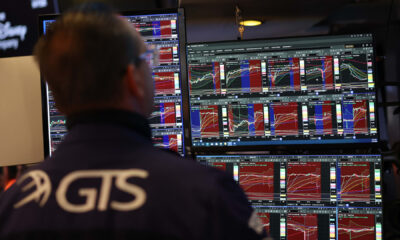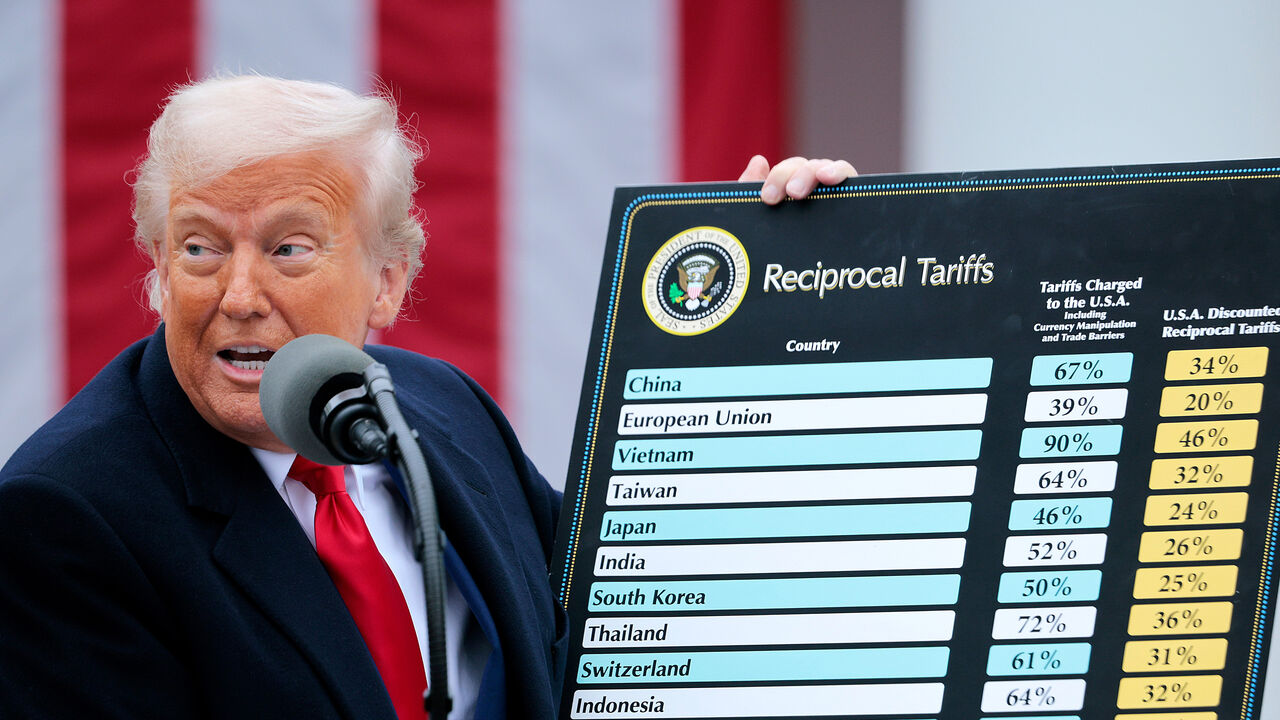A measure of wholesale prices rose more than expected in November as questions percolated over whether progress in bringing down inflation has slowed, the Bureau of Labor Statistics reported Thursday.
The producer price index, or PPI, which measures what producers get for their products at the final-demand stage, increased 0.4% for the month, higher than the Dow Jones consensus estimate for 0.2%. On an annual basis, PPI rose 3%, the biggest advance since February 2023.
However, excluding food and energy, core PPI increased 0.2%, meeting the forecast. Also, subtracting trade services left the PPI increase at just 0.1%. The year-over-year increase of 3.5% also was the most since February 2023.
In other economic news Thursday, the Labor Department reported that first-time claims for unemployment insurance totaled a seasonally adjusted 242,000 for the week ending Dec. 7, considerably higher than the 220,000 forecast and up 17,000 from the prior period.
On the inflation front, the news was mixed.
Final-demand goods prices leaped 0.7% on the month, the biggest move since February of this year. Some 80% of the move came from a 3.1% surge in food prices, according to the BLS.
Within the food category, chicken eggs soared 54.6%, joining an across-the-board acceleration in items such as dry vegetables, fresh fruits and poultry. Egg prices at the retail level swelled 8.2% on the month and were up 37.5% from a year ago, the BLS said in a separate report Wednesday on consumer prices.
Services costs rose 0.2%, pushed higher by a 0.8% increase in trade.
The PPI release comes a day after the BLS reported that the consumer price index, or CPI, a more widely cited inflation gauge, also nudged higher in November to 2.7% on a 12-month basis and 0.3% month over month.
Despite the seemingly stubborn state of inflation, markets overwhelmingly expect the Federal Reserve to lower its key overnight borrowing rate next week. Futures markets traders are implying a near certainty to a quarter percentage point reduction when the rate-setting Federal Open Market Committee concludes its meeting Wednesday.
Following the release, economists generally viewed the data this week as mostly benign, with underlying indicators still pointing towards enough disinflation to get the Fed back to its 2% target eventually.
The Fed uses the Commerce Department’s personal consumption expenditures price index, or PCE, as its primary inflation gauge and forecasting tool. However, data from the CPI and PPI feed into that measure.
An Atlanta Fed tracker is putting November PCE at 2.6%, up 0.3 percentage point from October, and core PCE at 3%, up 0.2 percentage point. The Fed generally considers core a better long-run indicator. A few economists said the details in the report point to a smaller monthly rise in PCE inflation than they had previously expected.
“It appears that only an exogenous shock such as dramatic tariff policy shifts would be capable of derailing supply-side contributions toward inflation’s return to the Federal Reserve’s 2.0% average goal in the near term,” PNC senior economist Kurt Rankin wrote.
Stock market futures were slightly in negative territory following the economic news. Treasury yields were mixed while the odds of a rate cut next week were still around 98%, according to the CME Group.
One reason markets expect the Fed to cut, even amid stubborn inflation, is that Fed officials are growing more concerned about the labor market. Nonfarm payrolls have posted gains every month since December 2020, but the increases have slowed lately, and Thursday brought news that layoffs could be increasing as unemployment lasts longer.
Jobless claims posted their highest level since early October, while continuing claims, which run a week behind, edged higher to 1.89 million. The four-week moving average of continuing claims, which smooths out weekly volatility, rose to its highest level in just over four years.

 Finance1 week ago
Finance1 week ago
 Personal Finance1 week ago
Personal Finance1 week ago
 Blog Post1 week ago
Blog Post1 week ago
 Economics1 week ago
Economics1 week ago
 Personal Finance1 week ago
Personal Finance1 week ago
 Economics5 days ago
Economics5 days ago
 Accounting5 days ago
Accounting5 days ago
 Economics1 week ago
Economics1 week ago






















